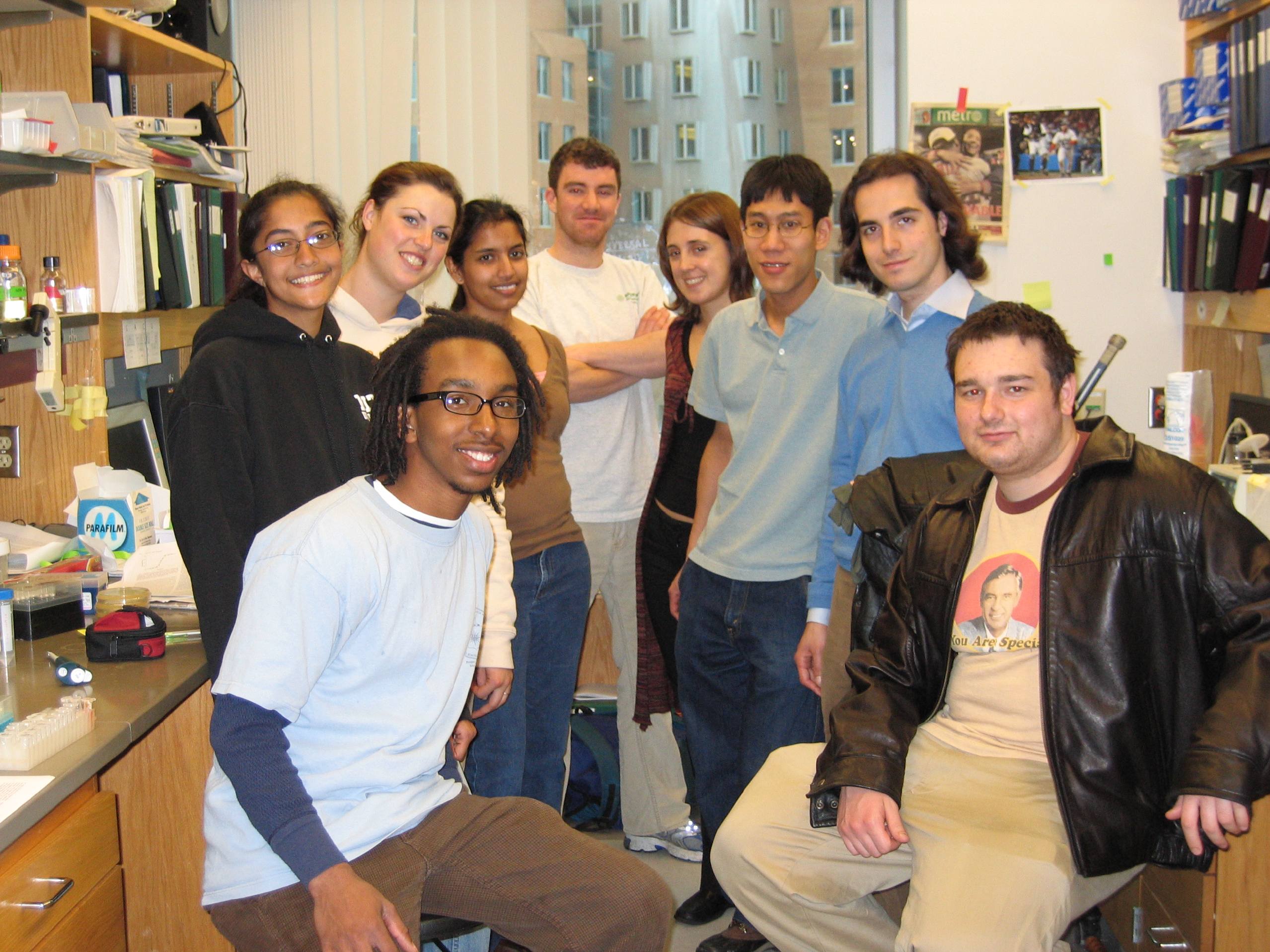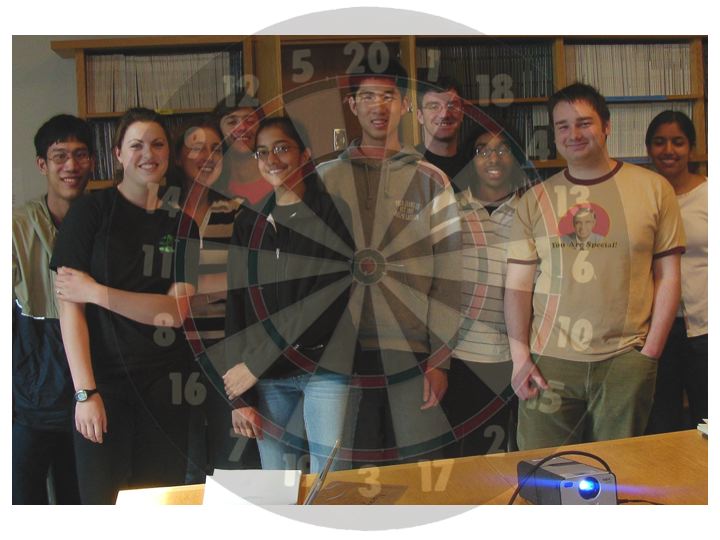MIT 2006
From 2006.igem.org
| Line 1: | Line 1: | ||
| + | See our wiki at [http://openwetware.org/wiki/IGEM:MIT/2006 MIT iGEM 2006 at OpenWetWare]. | ||
| + | |||
| + | ==Project overview== | ||
| + | |||
| + | This summer, MIT's iGEM 2006 team is developing bacteria that smell pleasant. We have inserted several genes into bacterial genomes to make the cells produce a wintergreen and/or a banana scent. Scents can act as natural biological tags and have many extended applications. By attaching the scent tag to a case-sensitive promoter, we can engineer a cellular system to report on environmental conditions. Also, since ''E. coli'' naturally produce a fecal smelling compound, we feel that engineering our system will be useful to scientists worldwide as it will make lab work with ''E. coli'' bacteria a little less painful. Other bacteria are responsible for producing human odor problems in the mouth, armpits, and feet. By implementing our system in these foul smelling bacteria, we could potentially develop bacterial deoderant. In addition, we could implement our system in yeast, thereby producing new flavors and scents in bread and beer. Perfuming bacterial biofilters are yet another feasible industrial application of our project. | ||
| + | |||
| + | ==Team photos== | ||
| + | |||
<gallery> | <gallery> | ||
Image:MIT IGEM2006.jpg | Image:MIT IGEM2006.jpg | ||
Image:MITiGEM2006bullseye.jpg | Image:MITiGEM2006bullseye.jpg | ||
</gallery> | </gallery> | ||
| - | |||
Revision as of 15:13, 19 October 2006
See our wiki at [http://openwetware.org/wiki/IGEM:MIT/2006 MIT iGEM 2006 at OpenWetWare].
Project overview
This summer, MIT's iGEM 2006 team is developing bacteria that smell pleasant. We have inserted several genes into bacterial genomes to make the cells produce a wintergreen and/or a banana scent. Scents can act as natural biological tags and have many extended applications. By attaching the scent tag to a case-sensitive promoter, we can engineer a cellular system to report on environmental conditions. Also, since E. coli naturally produce a fecal smelling compound, we feel that engineering our system will be useful to scientists worldwide as it will make lab work with E. coli bacteria a little less painful. Other bacteria are responsible for producing human odor problems in the mouth, armpits, and feet. By implementing our system in these foul smelling bacteria, we could potentially develop bacterial deoderant. In addition, we could implement our system in yeast, thereby producing new flavors and scents in bread and beer. Perfuming bacterial biofilters are yet another feasible industrial application of our project.

